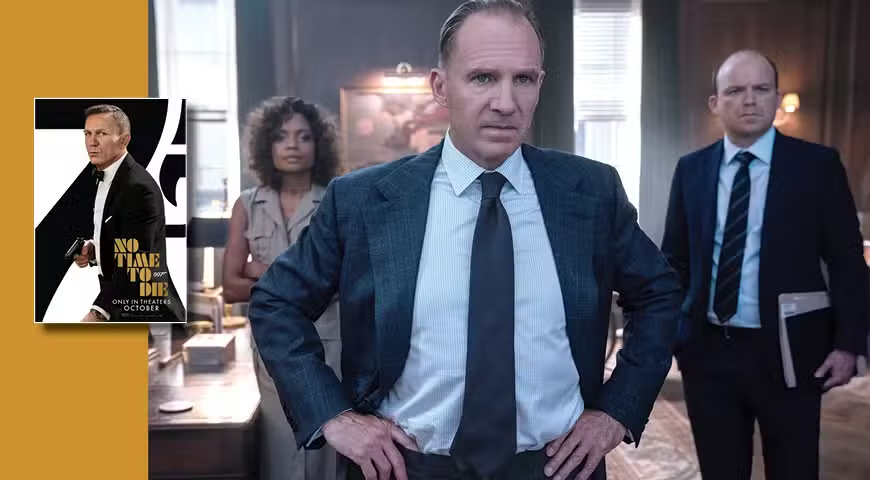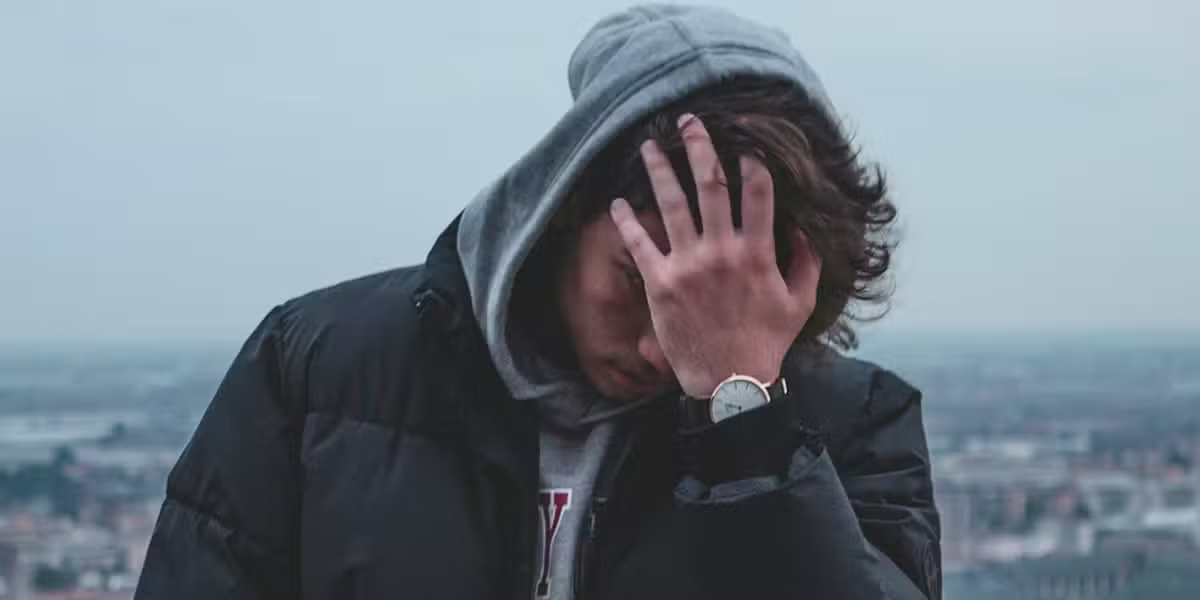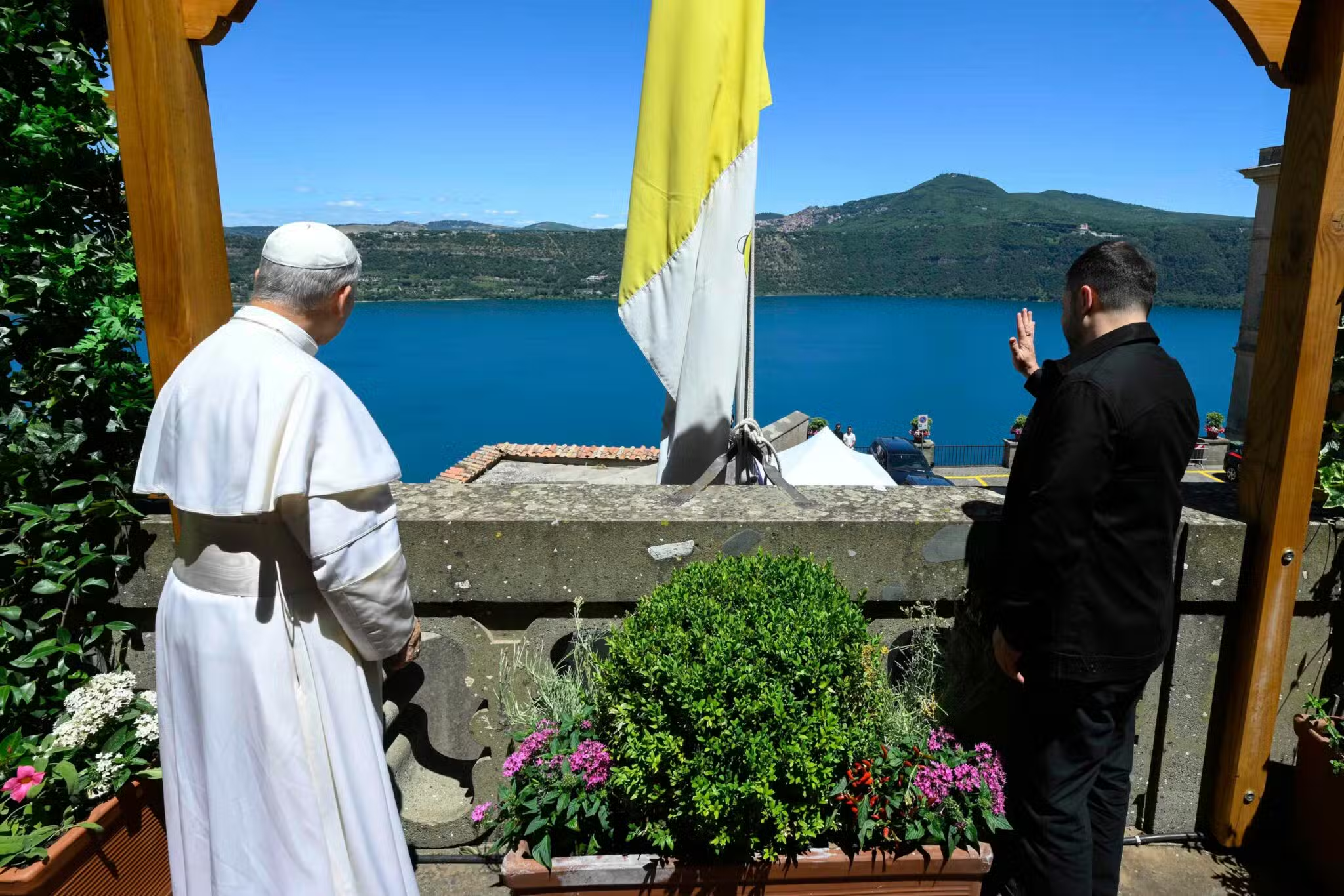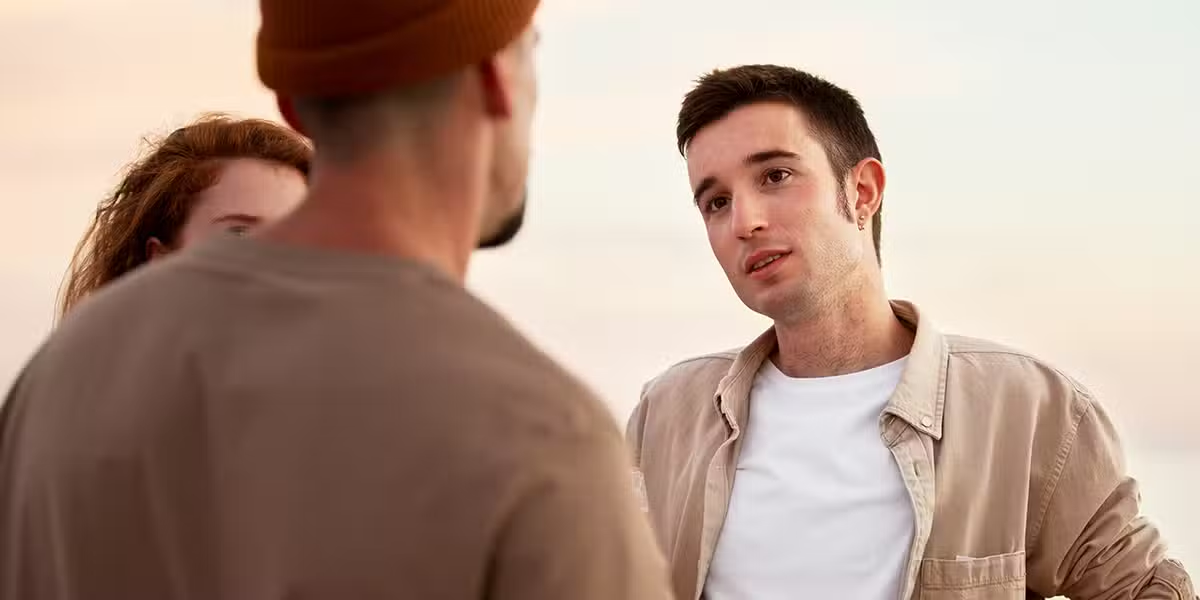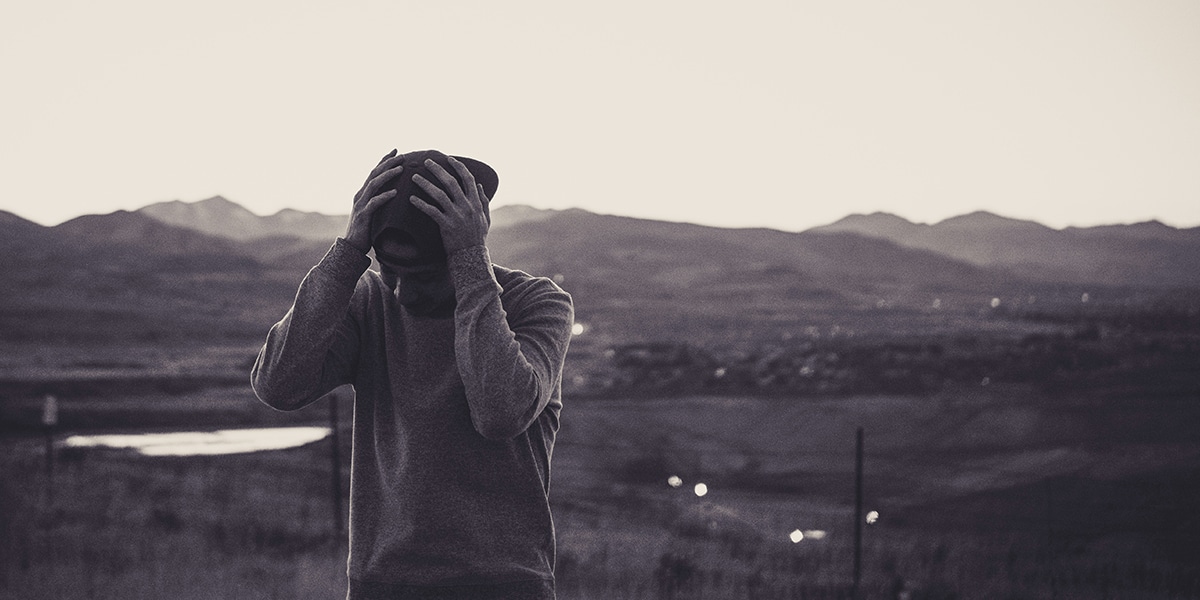No Time to Die
For viewers, it’s not easy to follow the story line of No Time to Die, the 25th installment in the James Bond film franchise, which is a continuation of the plot started in 2015’s Spectre. It’s more like a thrilling ride. This is actor Daniel Craig’s fifth and final outing as the suave British spy.
Bond’s leading lady is, once again, psychiatrist Madeleine Swann (Léa Seydoux), and they are dealing with the imprisoned Blofeld (Christoph Waltz). Though Swann and the retired Bond have been together for some time, he breaks off their relationship when he believes she has betrayed him to the criminal organization Spectre. What drives the story, however, is Madeleine’s memory of Lyutsifer Safin (Rami Malek), who murdered her mother when she was a child, and now reenters her life.
Safin is on a mission to avenge the assassination of his family years before and is creating a biochemical weapon on an island between Japan and Russia. Bond meets his replacement, the new 007 (Lashana Lynch), when he is pulled back into the international mess between intelligence agencies created by his former boss, an embarrassed M (Ralph Fiennes).
No Time to Die is an overlong and overwrought action thriller. The cinematography is often stunning, but the action sequences are exhausting. The film is scripted by Neal Purvis, Robert Wade, Cary Joji Fukunaga, and Phoebe Waller-Bridge, who was brought on to make sure that the women in Bond’s world were equitably represented (they are). The film proves my contention that too many writers are not good for the finished product, and the editors needed to trim off at least 20 minutes of running time.
Though some have questioned the relevance of James Bond for today, one need only compare him to films based on popular comic book superheroes who fight the world’s problems through violence. Like them, Bond has amazing gadgets, he’s extremely intelligent, he survives what no mere mortal could, and he fights enemies to overcome oppression and injustice for the world. I think that somehow the franchise will continue; any continued relevance is yet to be proven.
A-3, PG-13‚ Pervasive violence, sexual innuendo, some language.

15 Minutes of Shame
This timely documentary from executive producer Monica Lewinsky begins and ends with asking: “Imagine you wake up one morning with the whole world knowing your name. What kind of world would you want that to be?” She describes how, in a single day in 1998, she went from being a completely private person to one who lost her dignity and almost her life because her affair with President Bill Clinton was revealed in the press and on the Internet.
HBO Max’s film surveys the social phenomenon of Internet shaming and cyber-harassment—as well as its history. The film goes on to address the brain’s release of dopamine that first entices us and then addicts us to rejoicing in the downfall of others. It goes on to examine how social media’s advertising business model uses the placement of public shaming stories and angry responses to lure people to their ads.
15 Minutes of Shame offers several examples of people who have lost their jobs due to online shaming and bullying based on imprecise or erroneous reporting. Some of these shaming victims have come close to suicide because their lives and those of their families have been threatened.
The experts interviewed call us to examine and change our negative online behavior, while acknowledging that boycotts can be good and effective. The phenomenon of public shaming of persons negates the human dignity of victims—as well as those doing the shaming. But there is hope. As professor and human rights activist Loretta J. Ross says at the end: “[To me] anger is empty. Replace it with radical love and call on myself to be the best human I can be.”
Monica Lewinsky, an anti-bullying advocate, is the executive producer of 15 Minutes of Shame, and Max Joseph directs this important documentary that can help civilize public discourse, question social media messages, and help us understand the profit motive behind the public shaming that we may participate in.
Not yet rated, TV-MA, Some language, bullying, suicide references, verbal violence.
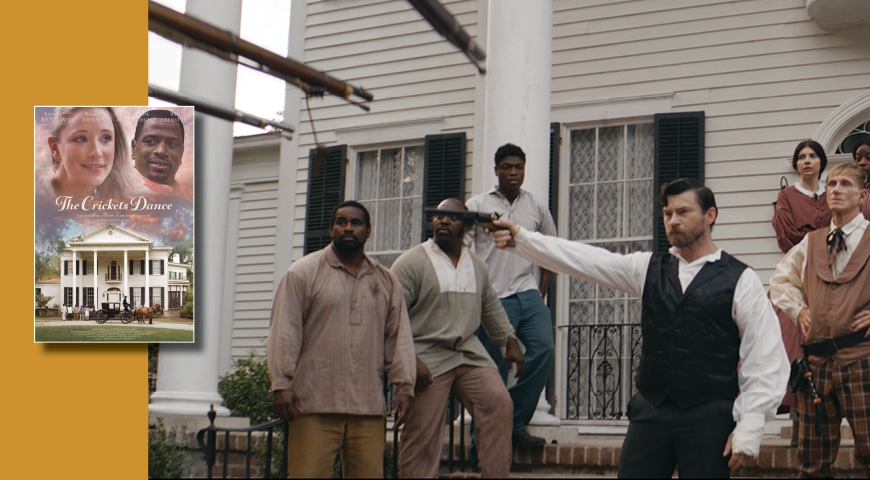
The Crickets Dance
Based on the 2019 novel by Deborah Robillard, and directed and scripted by Veronica Robledo, this film is a romantic tale of discovery and an exploration of racial identity in the American South.
Angie Lawrence (Kristen Renton) is an attractive young lawyer in Savannah, Georgia, who is surprised when she inherits an antebellum mansion from a relative, Miss Claudia (Sandra Ellis Lafferty). When she moves in, Angie discovers a diary written by a young girl 150 years ago. Meanwhile, at work, she meets Andrew Ruben McGrath (Maurice Johnson), a handsome Black lawyer from Atlanta. As Angie, who is White, reads the diary, she discovers a story of slavery, cruelty, great love, and a mysterious history that binds her and Andrew together.
Though interracial marriage was not only culturally forbidden but also illegal for almost a century after the Civil War, The Crickets Dance is a conventional love story that wants us to know that interracial love is part of our history, and it is something good and beautiful. Told from the White protagonist’s point of view, it would have been more interesting to hear it from Andrew’s perspective as well.
Not yet rated, Racial slurs and bias, depiction of enslaved people, cruelty and violence, a nonexplicit sexual encounter.


